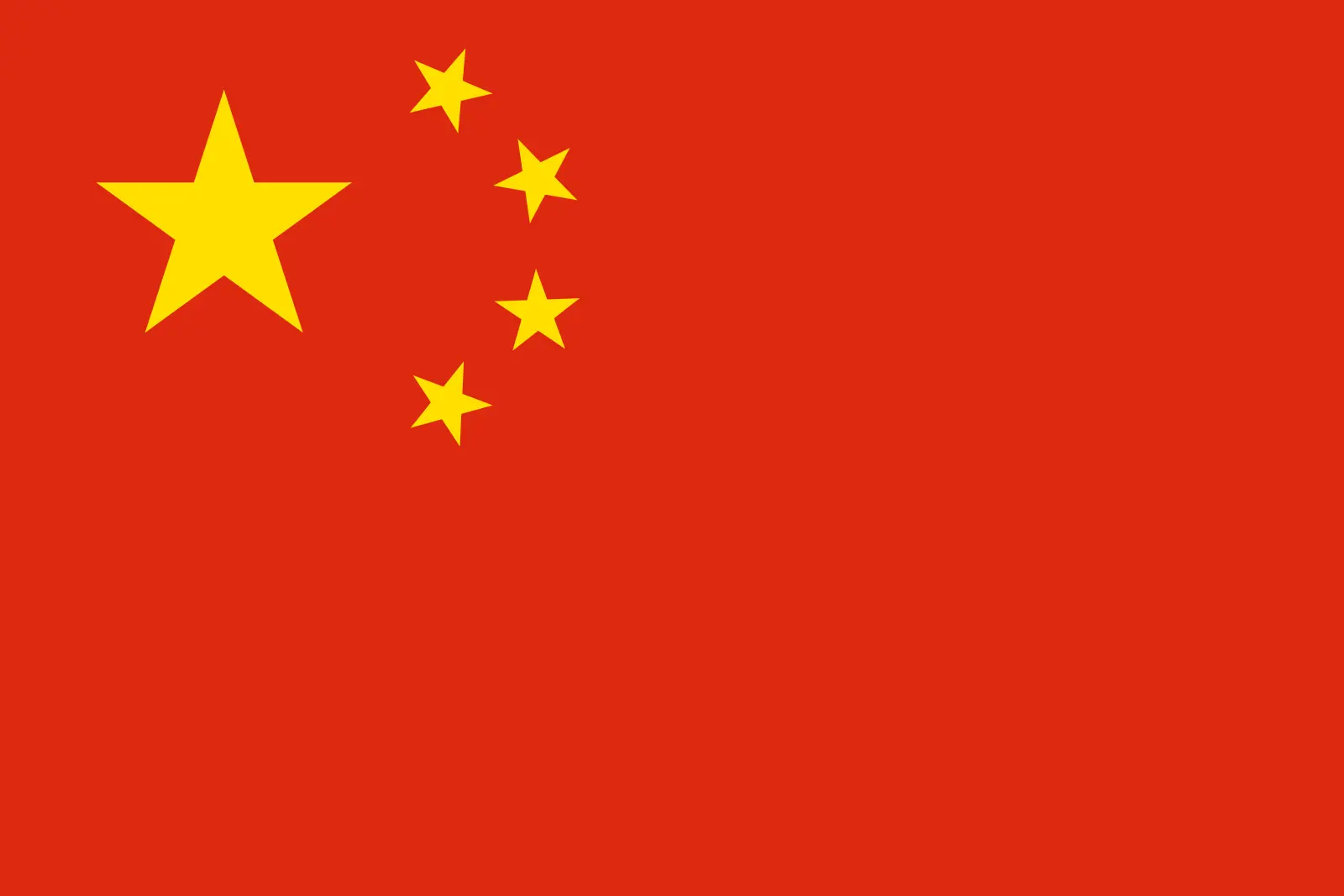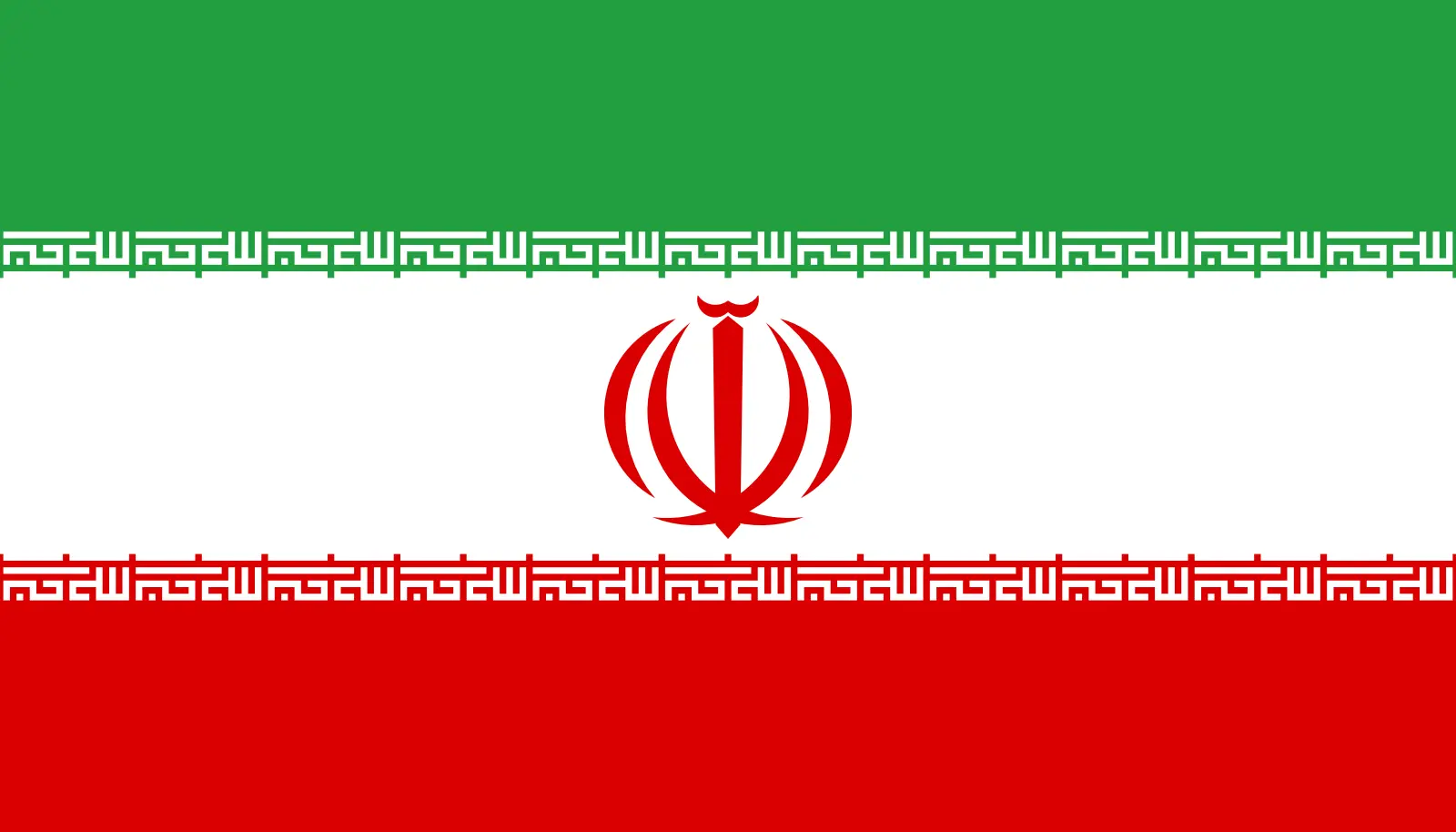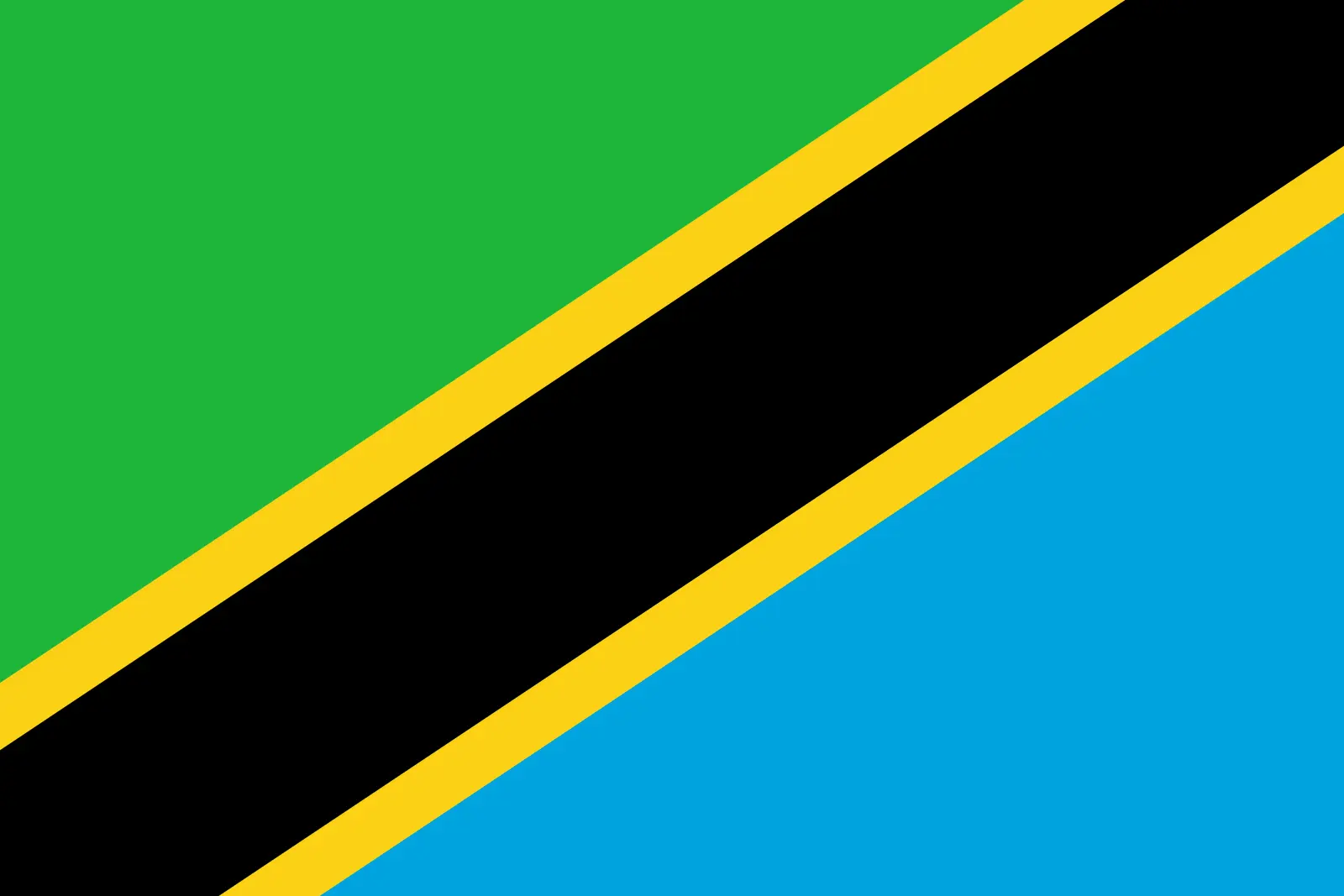Next-Generation Intrusion Prevention System Market Outlook:
Next-Generation Intrusion Prevention System Market size was valued at USD 392.84 million in 2025 and is expected to reach USD 1.63 billion by 2035, expanding at around 15.3% CAGR during the forecast period i.e., between 2026-2035. In the year 2026, the industry size of next-generation intrusion prevention system is evaluated at USD 446.93 million.

The market growth is owing to the rising frequency of cyber-attacks. As a result, organizations continue to prioritize cybersecurity resilience, and the adoption of advanced intrusion prevention solutions is set to accelerate. According to a study of over 97 cybercrime victims per hour, this means there is a victim of cybercrime every 37 seconds. In addition, 2 internet users have had their data leaked every second in 2022. Moreover, NGIPS is known to minimize network latency and detect complicated attacks with the fewest false positives. Therefore, attributing to the market growth of next-generation intrusion prevention systems.
In addition, due to the rising sophistication of cyber threats, the need for NGIPS solutions has increased in conjunction with the complexity and intensity of cyberattacks due to their capacity to proactively detect and prevent malware, illegal access, and other harmful activity within networks. Hence, aiding in the NGIPS market growth in the forecast period.
Key Next-Generation Intrusion Prevention System Market Insights Summary:
Regional Highlights:
- North America next-generation intrusion prevention system (ngips) market will secure over 27% share by 2035, driven by the increasing frequency of cyber threats in the region.
- Asia Pacific market will achieve a 24% share by 2035, driven by the developing digital ecosystem and rising cyber dangers in emerging economies.
Segment Insights:
- The large enterprises segment in the next-generation intrusion prevention system market is expected to capture a significant 67% share by the forecast year 2035, influenced by regulatory pressure and the need for robust cybersecurity infrastructure.
- The ngips hardware segment in the next-generation intrusion prevention system market is projected to achieve substantial growth through 2035, driven by the demand for flexible, compliant cybersecurity solutions amid rising attack volumes.
Key Growth Trends:
- The Rise of Cloud Computing
- Stringent Data Security Rules and Regulations
Major Challenges:
- High Implementation Costs
- Complexities of network infrastructure while integrating NGIPS which may cause difficulties are expected to deter the market growth.
Key Players: Palo Alto Networks, Inc., Trend Micro Incorporated, Fortinet, Inc., Check Point Software Technologies Ltd., McAfee, LLC, Symantec Corporation (NortonLifeLock Inc.), IBM Corporation, FireEye, Inc., Juniper Networks, Inc., Cisco Systems, Inc..
Global Next-Generation Intrusion Prevention System Market Forecast and Regional Outlook:
Market Size & Growth Projections:
- 2025 Market Size: USD 392.84 million
- 2026 Market Size: USD 446.93 million
- Projected Market Size: USD 1.63 billion by 2035
- Growth Forecasts: 15.3% CAGR (2026-2035)
Key Regional Dynamics:
- Largest Region: North America (27% Share by 2035)
- Fastest Growing Region: Asia Pacific
- Dominating Countries: United States, China, Germany, Japan, South Korea
- Emerging Countries: China, India, Singapore, Japan, South Korea
Last updated on : 16 September, 2025
Next-Generation Intrusion Prevention System Market Growth Drivers and Challenges:
Growth Drivers
-
The Rise of Cloud Computing - The rise of cloud computing has expanded the attack surface for cyber threats, making network security more challenging than ever before. According to recent studies, currently, there are approximately 1,073,741,824 Gigabytes of data stored in the cloud. Thus, companies looking to secure their dispersed networks and safeguard data in transit are increasingly interested in NGIPS solutions designed for cloud settings. As the shift towards cloud-based infrastructure continues, it is expected to escalate the next-generation intrusion prevention system (NGIPS) market growth for next-generation intrusive prevention solutions in the forecast period.
-
Stringent Data Security Rules and Regulations - The adoption of strict data security rules and regulations is expected to propel the next-generation intrusion prevention system market growth. Organizations are required by strict data protection regulations like the General Data Protection Regulations (GDPR), Payment Card Industry Data Security Standard (PCIDC), and Health Insurance Portability and Accountability Act (HIPAA) to put strong cybersecurity safeguards to protect sensitive data and maintain regulatory compliance. NGIPS systems offer sophisticated threat detection and prevention, employing systems with capabilities like encryption, data loss prevention, and intrusion detection, reducing the risk of data breaches while assisting enterprises in meeting these compliance requirements.
-
The Increase in Internet of Things (IoT) Security Needs - The fast expansion of Internet of Things (IoT) devices across numerous industries like manufacturing, energy, and transportation offers new security challenges. As a result, NGIPS solutions tailored for IoT environments are increasingly in demand to protect IoT devices, networks, and associated data from emerging threats. These specialist NGIPS services help enterprises monitor and safeguard their IoT ecosystems with features like anomaly detection, device profiling, and threat intelligence integration. Thus, propelling the growth of the next-generation intrusion prevention system market.
Challenges
-
High Implementation Costs - Hardware, software licenses, and continuing maintenance can all add up to a significant upfront cost when implementing NGIPS systems, especially for small and medium-sized businesses. These expenses may outweigh perceived benefits and deter organizations from adopting them. Thus, the high implementation cost of NGIPS systems is expected to hamper the next-generation intrusion prevention system market growth
-
Complexities of network infrastructure while integrating NGIPS which may cause difficulties are expected to deter the market growth.
-
The lack of skilled cybersecurity professionals proficient in NGIPS is also expected to hinder the market growth in the forecast period.
Next-Generation Intrusion Prevention System Market Size and Forecast:
| Report Attribute | Details |
|---|---|
|
Base Year |
2025 |
|
Forecast Period |
2026-2035 |
|
CAGR |
15.3% |
|
Base Year Market Size (2025) |
USD 392.84 million |
|
Forecast Year Market Size (2035) |
USD 1.63 billion |
|
Regional Scope |
|
Next-Generation Intrusion Prevention System Market Segmentation:
Organization Size Segment Analysis
The large enterprise segment is predicted to account for 67% share of the global next-generation intrusion prevention system (NGIPS) market by 2035. The growing adoption of cyber security techniques as a result of harsher fines for mismanaged assets resulting in cyber thefts is responsible for the growth of the sector. As a result, large enterprises are opting for stronger and more reliable cybersecurity solutions which is establishing a path for the market to grow. Furthermore, stringent compliances by the governmental regulatory bodies compel large enterprises to implement cybersecurity solutions to protect consumer data attributing to the growth in the large enterprise segment.
Type Segment Analysis
The NGIPS hardware segment is predicted to account for 60% share of the global next-generation intrusion prevention system market by 2035. The segment growth can be attributed to the rising use in large enterprises due to increasing cyber threats. Various studies indicate that there are 2,300 cyber-attacks per day, with a cyber-attack happening every 39 seconds on average. Furthermore, NGIPS hardware is easy to implement in pre-existing systems because of its compatibility and flexibility allowing manufacturers to collaborate with partners and expand the ecosystem around the NGIPS hardware. Additionally, regulatory compliance requirements drive the demand for dedicated NGIPS hardware. Hence, these factors are further propelling the market for NGIPS hardware.
Our in-depth analysis of the global market includes the following segments:
|
Type |
|
|
Deployment Mode |
|
|
Organization Size |
|
|
End-User |
|

Vishnu Nair
Head - Global Business DevelopmentCustomize this report to your requirements — connect with our consultant for personalized insights and options.
Next-Generation Intrusion Prevention System Market Regional Analysis:
North American Market Insights
Next-Generation Intrusion Prevention System market in North America, amongst the market in all the other regions, is anticipated to hold the largest with a share of about 27% by the end of 2035. The market growth in the region is also expected on account of the increasing frequency of cyber threats in the region. According to studies, there were 3,205 instances of data intrusions in the US in 2023. In the same year, there were approximately 353 million people impacted by data intrusions, including exposure, leakage, and breaches. Furthermore, strict privacy and data protection laws, such as the Private Data Protection Law in Mexico and the Protection of Personal Information and Electronic Documents Act in Canada, force businesses and organizations to invest in state-of-the-art cybersecurity solutions to remain compliant with regional regulations propelling the NGIPS market growth in the region.
Moreover, the growth of the NGIPS market in the North American region is anticipated to be fueled by factors like the increasing use of NGIPS in sectors such as technology, healthcare, & finance, technological advancements like the application of AI and ML, the rising demand for cloud-based computing in the region and the rising sophistication in cyberattacks across various industries.
APAC Market Insights
The Asia Pacific market is estimated to be the second largest, registering a share of about 24% by the end of 2035. The market’s expansion can be attributed majorly to the developing digital ecosystem and rising cyber dangers in emerging economies like China, India, Indonesia, Korea, Malaysia, the Philippines, Taiwan, and Thailand. Studies show that China is number one on the list of nations with the highest prevalence of cybercrime and number three on the list of nations with the most security breaches worldwide. Additionally, in 2023 India had around 2,140 weekly cyberattacks per business which showed a 16% rise over 2022, as a result, India is now the second most targeted country in the Asia-Pacific region. This rise in cybercrime in the region has created a huge need for the adoption of security measures like NGIPS.
Furthermore, the increasing use of next-generation intrusive protection systems in small and medium industries to protect consumer data is also expected to spur market growth in the region. According to research small and medium-sized enterprises (SMEs) make up more than 96% of all Asian businesses.

Next-Generation Intrusion Prevention System Market Players:
- Cisco Systems, Inc.
- Company Overview
- Business Strategy
- Key Product Offerings
- Financial Performance
- Key Performance Indicators
- Risk Analysis
- Recent Development
- Regional Presence
- SWOT Analysis
- Palo Alto Networks, Inc.
- Trend Micro Incorporated
- Fortinet, Inc.
- Check Point Software Technologies Ltd.
- McAfee, LLC
- Symantec Corporation (NortonLifeLock Inc.)
- IBM Corporation
- FireEye, Inc.
- Juniper Networks, Inc.
Recent Developments
- With the completion of the Splunk acquisition, Cisco (NASDAQ: CSCO) has laid the groundwork for providing unmatched visibility and analytics throughout a company's whole digital footprint. Organizations need to protect all they do and link in order to prosper in the new digital world.
- Palo Alto Networks (NASDAQ: PANW) announced end-to-end private 5G security solutions and services in collaboration with leading Private 5G partners. Bringing together Palo Alto Networks enterprise-grade 5G Security and Private 5G partner integrations and services allows organizations to easily deploy, manage, and secure networks throughout their entire 5G journey. The launch addresses the need and desire for validated 5G integrations and furthers Palo Alto Networks strategic vision of an integrated, ecosystem approach to safeguard 5G deployments.
- Report ID: 5936
- Published Date: Sep 16, 2025
- Report Format: PDF, PPT
- Get detailed insights on specific segments/region
- Inquire about report customization for your industry
- Learn about our special pricing for startups
- Request a demo of the report’s key findings
- Understand the report’s forecasting methodology
- Inquire about post-purchase support and updates
- Ask About Company-Level Intelligence Additions
Have specific data needs or budget constraints?
Frequently Asked Questions (FAQ)
Next-Generation Intrusion Prevention System Market Report Scope
FREE Sample Copy includes market overview, growth trends, statistical charts & tables, forecast estimates, and much more.
Connect with our Expert
See how top U.S. companies are managing market uncertainty — get your free sample with trends, challenges, macroeconomic factors, charts, forecasts, and more.
Copyright @ 2025 Research Nester. All Rights Reserved.

 Inquiry Before Buying
Inquiry Before Buying


 Afghanistan (+93)
Afghanistan (+93)
 Åland Islands (+358)
Åland Islands (+358)
 Albania (+355)
Albania (+355)
 Algeria (+213)
Algeria (+213)
 American Samoa (+1684)
American Samoa (+1684)
 Andorra (+376)
Andorra (+376)
 Angola (+244)
Angola (+244)
 Anguilla (+1264)
Anguilla (+1264)
 Antarctica (+672)
Antarctica (+672)
 Antigua and Barbuda (+1268)
Antigua and Barbuda (+1268)
 Argentina (+54)
Argentina (+54)
 Armenia (+374)
Armenia (+374)
 Aruba (+297)
Aruba (+297)
 Australia (+61)
Australia (+61)
 Austria (+43)
Austria (+43)
 Azerbaijan (+994)
Azerbaijan (+994)
 Bahamas (+1242)
Bahamas (+1242)
 Bahrain (+973)
Bahrain (+973)
 Bangladesh (+880)
Bangladesh (+880)
 Barbados (+1246)
Barbados (+1246)
 Belarus (+375)
Belarus (+375)
 Belgium (+32)
Belgium (+32)
 Belize (+501)
Belize (+501)
 Benin (+229)
Benin (+229)
 Bermuda (+1441)
Bermuda (+1441)
 Bhutan (+975)
Bhutan (+975)
 Bolivia (+591)
Bolivia (+591)
 Bosnia and Herzegovina (+387)
Bosnia and Herzegovina (+387)
 Botswana (+267)
Botswana (+267)
 Bouvet Island (+)
Bouvet Island (+)
 Brazil (+55)
Brazil (+55)
 British Indian Ocean Territory (+246)
British Indian Ocean Territory (+246)
 British Virgin Islands (+1284)
British Virgin Islands (+1284)
 Brunei (+673)
Brunei (+673)
 Bulgaria (+359)
Bulgaria (+359)
 Burkina Faso (+226)
Burkina Faso (+226)
 Burundi (+257)
Burundi (+257)
 Cambodia (+855)
Cambodia (+855)
 Cameroon (+237)
Cameroon (+237)
 Canada (+1)
Canada (+1)
 Cape Verde (+238)
Cape Verde (+238)
 Cayman Islands (+1345)
Cayman Islands (+1345)
 Central African Republic (+236)
Central African Republic (+236)
 Chad (+235)
Chad (+235)
 Chile (+56)
Chile (+56)
 China (+86)
China (+86)
 Christmas Island (+61)
Christmas Island (+61)
 Cocos (Keeling) Islands (+61)
Cocos (Keeling) Islands (+61)
 Colombia (+57)
Colombia (+57)
 Comoros (+269)
Comoros (+269)
 Cook Islands (+682)
Cook Islands (+682)
 Costa Rica (+506)
Costa Rica (+506)
 Croatia (+385)
Croatia (+385)
 Cuba (+53)
Cuba (+53)
 Curaçao (+599)
Curaçao (+599)
 Cyprus (+357)
Cyprus (+357)
 Czechia (+420)
Czechia (+420)
 Democratic Republic of the Congo (+243)
Democratic Republic of the Congo (+243)
 Denmark (+45)
Denmark (+45)
 Djibouti (+253)
Djibouti (+253)
 Dominica (+1767)
Dominica (+1767)
 Dominican Republic (+1809)
Dominican Republic (+1809)
 Timor-Leste (+670)
Timor-Leste (+670)
 Ecuador (+593)
Ecuador (+593)
 Egypt (+20)
Egypt (+20)
 El Salvador (+503)
El Salvador (+503)
 Equatorial Guinea (+240)
Equatorial Guinea (+240)
 Eritrea (+291)
Eritrea (+291)
 Estonia (+372)
Estonia (+372)
 Ethiopia (+251)
Ethiopia (+251)
 Falkland Islands (+500)
Falkland Islands (+500)
 Faroe Islands (+298)
Faroe Islands (+298)
 Fiji (+679)
Fiji (+679)
 Finland (+358)
Finland (+358)
 France (+33)
France (+33)
 Gabon (+241)
Gabon (+241)
 Gambia (+220)
Gambia (+220)
 Georgia (+995)
Georgia (+995)
 Germany (+49)
Germany (+49)
 Ghana (+233)
Ghana (+233)
 Gibraltar (+350)
Gibraltar (+350)
 Greece (+30)
Greece (+30)
 Greenland (+299)
Greenland (+299)
 Grenada (+1473)
Grenada (+1473)
 Guadeloupe (+590)
Guadeloupe (+590)
 Guam (+1671)
Guam (+1671)
 Guatemala (+502)
Guatemala (+502)
 Guinea (+224)
Guinea (+224)
 Guinea-Bissau (+245)
Guinea-Bissau (+245)
 Guyana (+592)
Guyana (+592)
 Haiti (+509)
Haiti (+509)
 Honduras (+504)
Honduras (+504)
 Hong Kong (+852)
Hong Kong (+852)
 Hungary (+36)
Hungary (+36)
 Iceland (+354)
Iceland (+354)
 India (+91)
India (+91)
 Indonesia (+62)
Indonesia (+62)
 Iran (+98)
Iran (+98)
 Iraq (+964)
Iraq (+964)
 Ireland (+353)
Ireland (+353)
 Isle of Man (+44)
Isle of Man (+44)
 Israel (+972)
Israel (+972)
 Italy (+39)
Italy (+39)
 Jamaica (+1876)
Jamaica (+1876)
 Japan (+81)
Japan (+81)
 Jersey (+44)
Jersey (+44)
 Jordan (+962)
Jordan (+962)
 Kazakhstan (+7)
Kazakhstan (+7)
 Kenya (+254)
Kenya (+254)
 Kiribati (+686)
Kiribati (+686)
 Kuwait (+965)
Kuwait (+965)
 Kyrgyzstan (+996)
Kyrgyzstan (+996)
 Laos (+856)
Laos (+856)
 Latvia (+371)
Latvia (+371)
 Lebanon (+961)
Lebanon (+961)
 Lesotho (+266)
Lesotho (+266)
 Liberia (+231)
Liberia (+231)
 Libya (+218)
Libya (+218)
 Liechtenstein (+423)
Liechtenstein (+423)
 Lithuania (+370)
Lithuania (+370)
 Luxembourg (+352)
Luxembourg (+352)
 Macao (+853)
Macao (+853)
 Madagascar (+261)
Madagascar (+261)
 Malawi (+265)
Malawi (+265)
 Malaysia (+60)
Malaysia (+60)
 Maldives (+960)
Maldives (+960)
 Mali (+223)
Mali (+223)
 Malta (+356)
Malta (+356)
 Marshall Islands (+692)
Marshall Islands (+692)
 Mauritania (+222)
Mauritania (+222)
 Mauritius (+230)
Mauritius (+230)
 Mayotte (+262)
Mayotte (+262)
 Mexico (+52)
Mexico (+52)
 Micronesia (+691)
Micronesia (+691)
 Moldova (+373)
Moldova (+373)
 Monaco (+377)
Monaco (+377)
 Mongolia (+976)
Mongolia (+976)
 Montenegro (+382)
Montenegro (+382)
 Montserrat (+1664)
Montserrat (+1664)
 Morocco (+212)
Morocco (+212)
 Mozambique (+258)
Mozambique (+258)
 Myanmar (+95)
Myanmar (+95)
 Namibia (+264)
Namibia (+264)
 Nauru (+674)
Nauru (+674)
 Nepal (+977)
Nepal (+977)
 Netherlands (+31)
Netherlands (+31)
 New Caledonia (+687)
New Caledonia (+687)
 New Zealand (+64)
New Zealand (+64)
 Nicaragua (+505)
Nicaragua (+505)
 Niger (+227)
Niger (+227)
 Nigeria (+234)
Nigeria (+234)
 Niue (+683)
Niue (+683)
 Norfolk Island (+672)
Norfolk Island (+672)
 North Korea (+850)
North Korea (+850)
 Northern Mariana Islands (+1670)
Northern Mariana Islands (+1670)
 Norway (+47)
Norway (+47)
 Oman (+968)
Oman (+968)
 Pakistan (+92)
Pakistan (+92)
 Palau (+680)
Palau (+680)
 Palestine (+970)
Palestine (+970)
 Panama (+507)
Panama (+507)
 Papua New Guinea (+675)
Papua New Guinea (+675)
 Paraguay (+595)
Paraguay (+595)
 Peru (+51)
Peru (+51)
 Philippines (+63)
Philippines (+63)
 Poland (+48)
Poland (+48)
 Portugal (+351)
Portugal (+351)
 Puerto Rico (+1787)
Puerto Rico (+1787)
 Qatar (+974)
Qatar (+974)
 Romania (+40)
Romania (+40)
 Russia (+7)
Russia (+7)
 Rwanda (+250)
Rwanda (+250)
 Saint Barthélemy (+590)
Saint Barthélemy (+590)
 Saint Helena, Ascension and Tristan da Cunha (+290)
Saint Helena, Ascension and Tristan da Cunha (+290)
 Saint Kitts and Nevis (+1869)
Saint Kitts and Nevis (+1869)
 Saint Lucia (+1758)
Saint Lucia (+1758)
 Saint Martin (French part) (+590)
Saint Martin (French part) (+590)
 Saint Pierre and Miquelon (+508)
Saint Pierre and Miquelon (+508)
 Saint Vincent and the Grenadines (+1784)
Saint Vincent and the Grenadines (+1784)
 Samoa (+685)
Samoa (+685)
 San Marino (+378)
San Marino (+378)
 Sao Tome and Principe (+239)
Sao Tome and Principe (+239)
 Saudi Arabia (+966)
Saudi Arabia (+966)
 Senegal (+221)
Senegal (+221)
 Serbia (+381)
Serbia (+381)
 Seychelles (+248)
Seychelles (+248)
 Sierra Leone (+232)
Sierra Leone (+232)
 Singapore (+65)
Singapore (+65)
 Sint Maarten (Dutch part) (+1721)
Sint Maarten (Dutch part) (+1721)
 Slovakia (+421)
Slovakia (+421)
 Slovenia (+386)
Slovenia (+386)
 Solomon Islands (+677)
Solomon Islands (+677)
 Somalia (+252)
Somalia (+252)
 South Africa (+27)
South Africa (+27)
 South Georgia and the South Sandwich Islands (+0)
South Georgia and the South Sandwich Islands (+0)
 South Korea (+82)
South Korea (+82)
 South Sudan (+211)
South Sudan (+211)
 Spain (+34)
Spain (+34)
 Sri Lanka (+94)
Sri Lanka (+94)
 Sudan (+249)
Sudan (+249)
 Suriname (+597)
Suriname (+597)
 Svalbard and Jan Mayen (+47)
Svalbard and Jan Mayen (+47)
 Eswatini (+268)
Eswatini (+268)
 Sweden (+46)
Sweden (+46)
 Switzerland (+41)
Switzerland (+41)
 Syria (+963)
Syria (+963)
 Taiwan (+886)
Taiwan (+886)
 Tajikistan (+992)
Tajikistan (+992)
 Tanzania (+255)
Tanzania (+255)
 Thailand (+66)
Thailand (+66)
 Togo (+228)
Togo (+228)
 Tokelau (+690)
Tokelau (+690)
 Tonga (+676)
Tonga (+676)
 Trinidad and Tobago (+1868)
Trinidad and Tobago (+1868)
 Tunisia (+216)
Tunisia (+216)
 Turkey (+90)
Turkey (+90)
 Turkmenistan (+993)
Turkmenistan (+993)
 Turks and Caicos Islands (+1649)
Turks and Caicos Islands (+1649)
 Tuvalu (+688)
Tuvalu (+688)
 Uganda (+256)
Uganda (+256)
 Ukraine (+380)
Ukraine (+380)
 United Arab Emirates (+971)
United Arab Emirates (+971)
 United Kingdom (+44)
United Kingdom (+44)
 Uruguay (+598)
Uruguay (+598)
 Uzbekistan (+998)
Uzbekistan (+998)
 Vanuatu (+678)
Vanuatu (+678)
 Vatican City (+39)
Vatican City (+39)
 Venezuela (Bolivarian Republic of) (+58)
Venezuela (Bolivarian Republic of) (+58)
 Vietnam (+84)
Vietnam (+84)
 Wallis and Futuna (+681)
Wallis and Futuna (+681)
 Western Sahara (+212)
Western Sahara (+212)
 Yemen (+967)
Yemen (+967)
 Zambia (+260)
Zambia (+260)
 Zimbabwe (+263)
Zimbabwe (+263)
